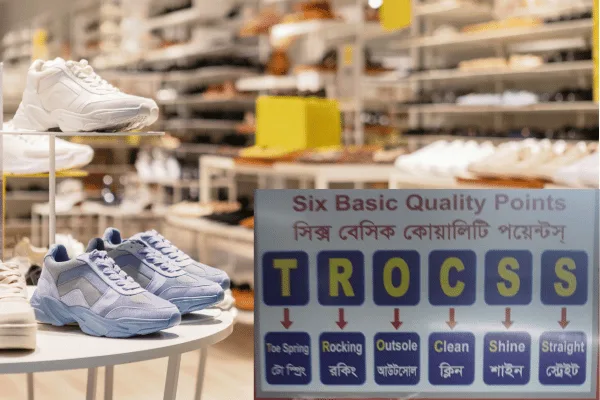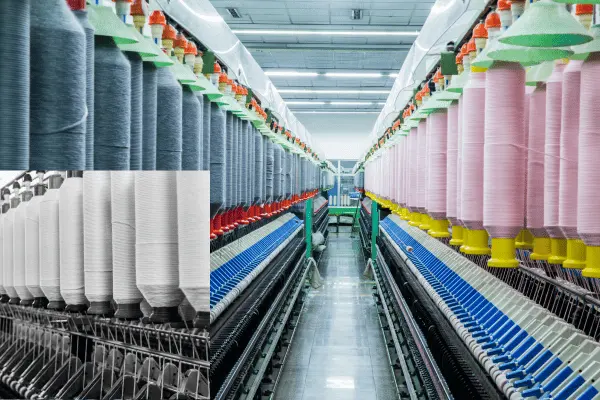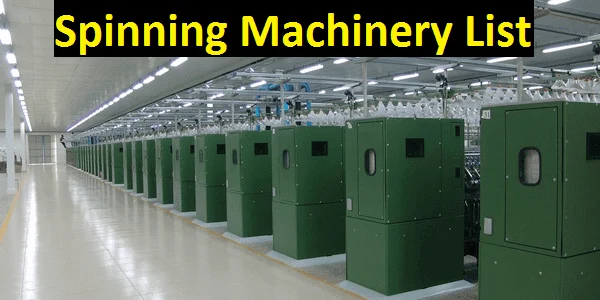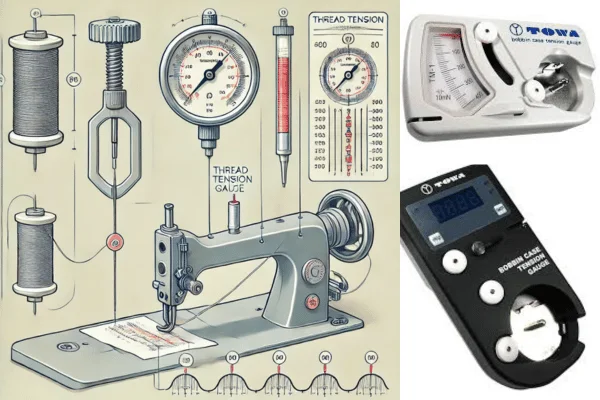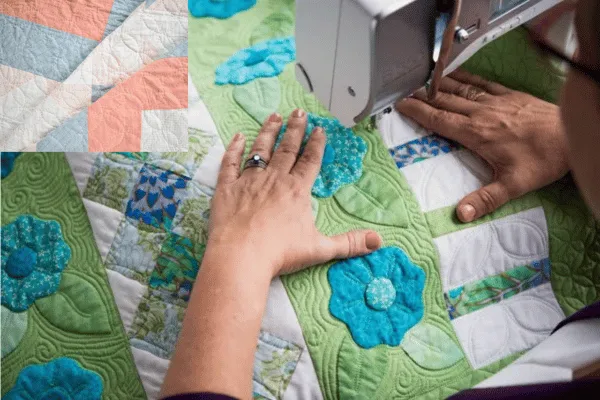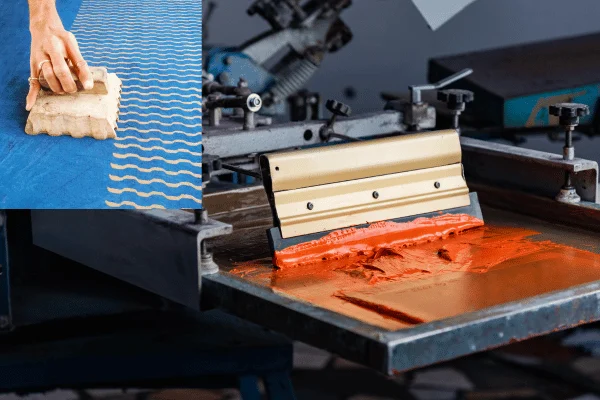Quality Control Workflow in Footwear Industry
Footwear is a big part of Fashion in our daily life. Footwear industries make Sneakers, Loafers, Boots, Keds, and many other functional shoes and boots. 6 Basic Quality control points in the footwear industry: those are Toe Spring, Rocking, Outsole, Clean, Shine, and Straight. A digital screen that displays all the QC and notice-related data[…]

